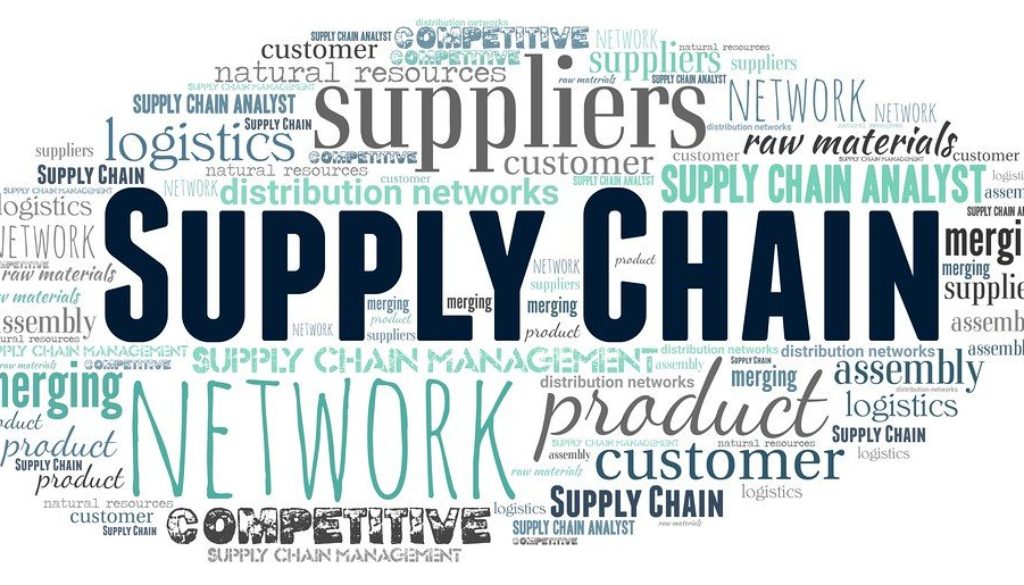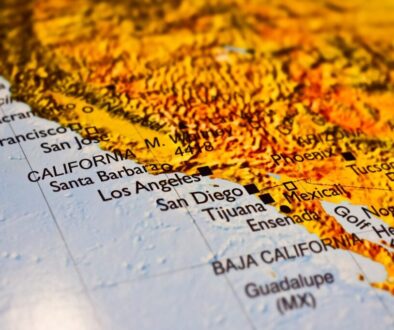In a post-coronavirus economy an optimized Mexican supply chain will be a competitive advantage
Substituting distant suppliers with those that are closer to home will create a strong Mexican supply chain that reduces the risk posed by pandemics and other global economic disruptions
Logistics can become a major competitive advantage by reducing risks and costs, increasing revenue, and providing better and more consistent service to customers. Finding the balance between these factors efficiently and flexibly results in the creation of a robust and reliable Mexican supply chain.
Some companies recognize that, by leveraging a strong Mexican supply chain, they can avoid problems related to time and great distances and enhance the performance of their operations. Additionally, optimizing the operations and processes related to sources of supply will lead to increased margins of profitability, as well as an increase capacity to adapt to competitive markets and exacting customer demands.
Points to consider when working to optimize the Mexican supply chain
- Flexibility: A resilient supply chain that is closer to home has the ability to use alternate routes and resources to move a product. A Mexican supply chain gains further flexibility when it has the built-in ability to change production to different locations as circumstances and market conditions may require.
- Coordination: A well-constructed supply chain improves if all of its stages include actions that, when taken together, increase total profits. To achieve this outcome each process must be put into place by considering the impact that it will have on the others. Lack of coordination occurs when there are stages with opposing objectives or when work is done in silos that delay and distort information.
- Collaboration: Technology is an important element that integrates a Mexican supply chain that is closer to home. In order to take full advantage of available technology-based management tools, a culture that promotes trust and win-win among all actors engaged in information sharing is required.
- Customer focus: In a fully optimized supply chain, this consideration refers to always keeping the preferences and needs of the customer in mind when performing any activity. Adherence to this principle must be maintained by all team members.
- Customization: A strong Mexican supply chain is able to adapt to design and deliver a product to customers according to their particular preferences and specific requirements.
- Flows: A well-constructed supply chain considers the materials, information and financial resources that must be dedicated to each process, as well as the maximum time that is allowable to perform them. Failure to do this can result in exceeding cost parameters.
- Demand management: This point consists of effectively planning the resources and capacities of a supply chain so that it can fulfill all short, medium- and long-term orders. All sources including distribution warehouses, production facilities, and existing inventories should be taken into account.
- Agility: An optimally designed Mexican supply chain that is able to withstand adverse circumstances and incorporates effective connections between activities that prevent interruptions and loss of efficiency.
- Strategic partnerships: Having expert partners closer to home that share the same values and vision as your organization can increase efficiency and can add to customer satisfaction.
The benefits of optimizing a Mexican supply chain
- In the warehouse: Reducing the use of physical space can result in the reduction of storage costs, increase supply chain capacities and reduce costs that are related to maintenance.
- In inventory: A well-managed and accurate inventory is one that is sorted according to demand. This leads to the facilitated procurement from warehouses and stores, which makes the Mexican supply chain more cost-effective and efficient.
- In transport: Superior supply chains incorporate processes that maximize safety for operators and products, as well as incorporates strategies that utilize efficient routes.
- In management: An optimal Mexican supply chain will manage labor costs and overhead expenses and charges in a manner that ensures company profitability.
Because supply chain optimization seems only to be necessary after a large-scale disruptive event such as the coronavirus pandemic, the reality is that any time is good for a company to improve its logistical performance and to evaluate its various processes and assets.
Therefore, it is recommended that, instead of just adding production or distribution capabilities to a Mexican supply chain that is closer to home, a comprehensive restructuring should be undertaken to avoid potential future disruptions.





